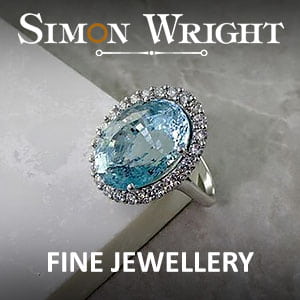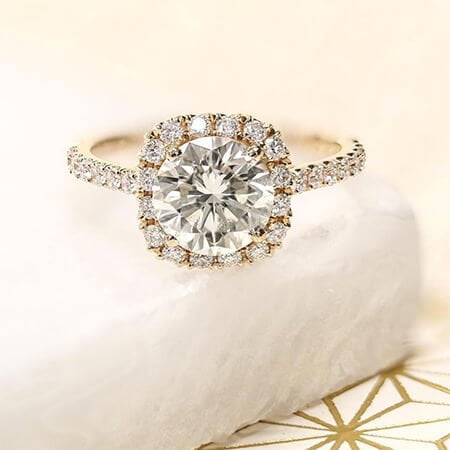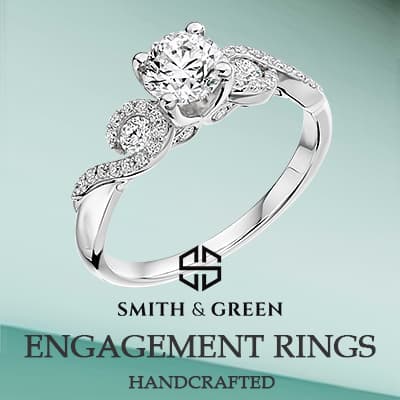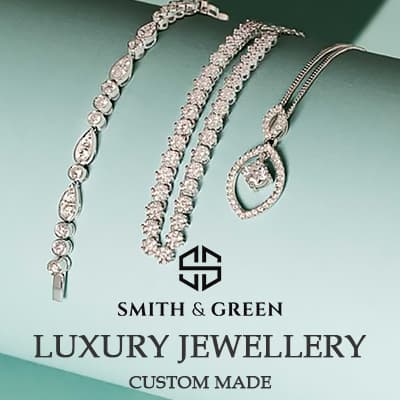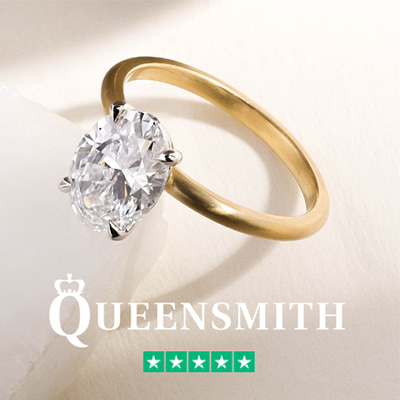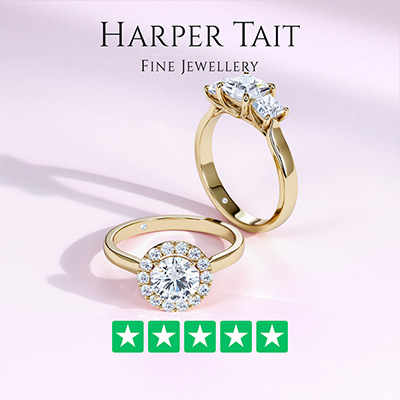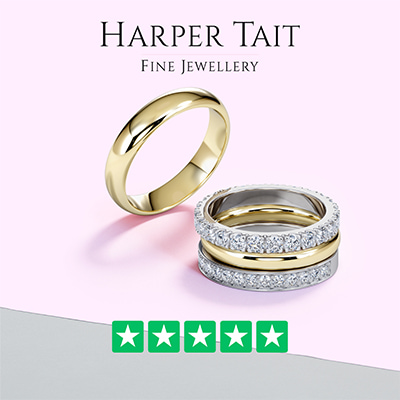Diamonds are one of the most prized precious stones in the world and have been ever since their discovery more than 3,000 years ago. However, not all diamonds are created equal, and only a select few reach the dizzying heights of fame. Here’s our guide to some of the world’s most famous diamonds…
The Great Star of Africa
This gargantuan stone is the largest cut diamond in the entire world, with a mind-blowing total carat weight of 530.20ct. It was cut from the largest diamond crystal ever discovered, the 3,106ct Cullian, by Joseph Asscher and Company of Amsterdam. It took them a total of 6 years to decide how to cut it, but eventually, they opted for a pear cut with 74 facets. The Great Star of Africa is part of the royal sceptre and is stored along with the other Crown Jewels in the Tower of London.
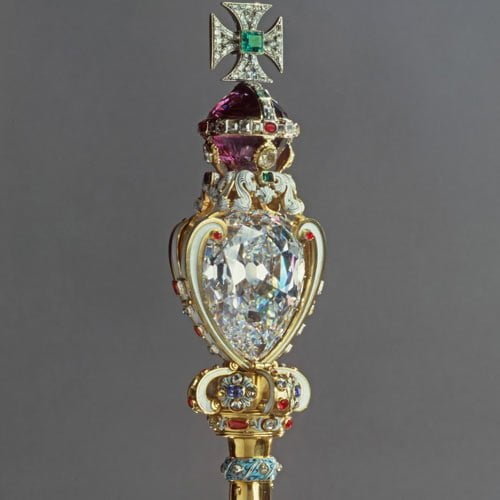
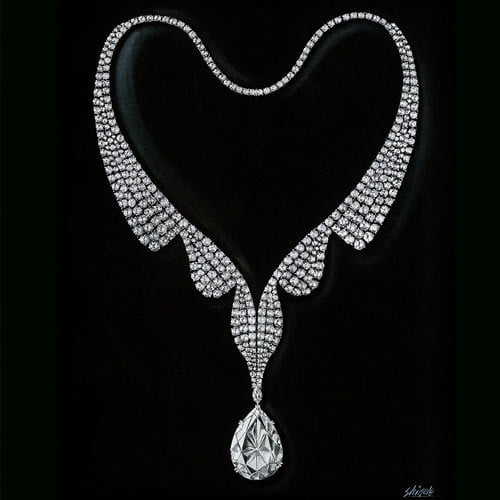
The Taylor-Burton
As the name might suggest, this enormous stone was bought by Richard Burton as a gift for Elizabeth Taylor – a gesture which cost him an incredible $1,100,000 (in the 1960s!) Elizabeth wore the stone as her engagement ring, but after Burton’s death in 1979, she sold it for $2,800,000 and donated the money to charity in his name.
The Orloff
The Orloff is an impressively large stone with a pretty blue-green tinge. It has an exceptionally pure level of clarity, and an elegant Mogul cut. It has been the focal point of many historical stories, from its origins as the eye in a statue of a Hindu god, to its theft by a French deserter in the 1700s, but today it can be found in the Diamond Treasury of Russia in Moscow.
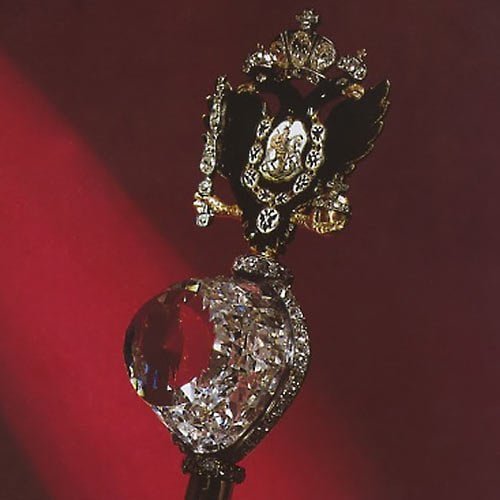

Koh-i-Noor diamond
The Koh-i-Noor is a gem of international renown, as divisive as it is beautiful. At 105.60 metric carats and measuring 36.00 by 31.90 by 13.04 millimetres, is not the largest diamond in the world. It is not the dearest. It is not the brightest.’ It remains, however, one of the most famous pieces of royal material culture in Britain today, as visitors to the Tower of London know. This fame owes less to the stone’s physical makeup than to its history as an artefact of conquest within geopolitical power struggles pertaining to the South Asian subcontinent and beyond. Confiscated on behalf of the British crown from the property of the Punjabi Maharajah Duleep Singh in 1849, it has been housed with the crown jewels ever since.




